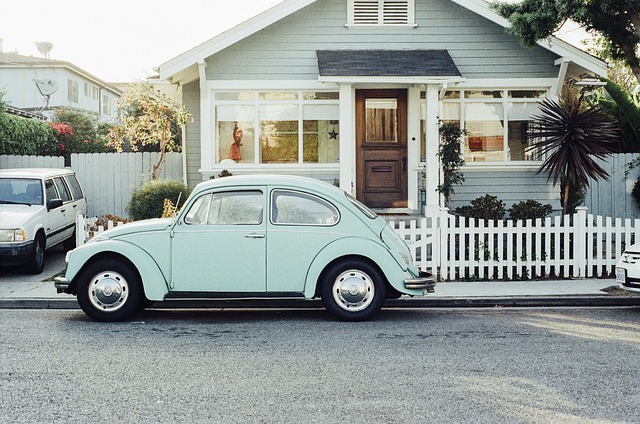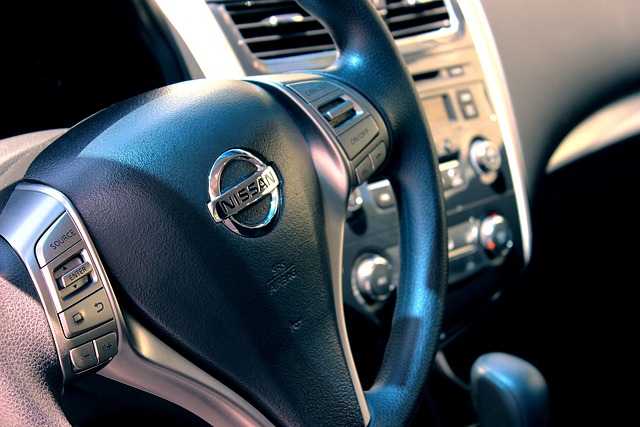Transporting classic cars requires specialized care due to their unique vulnerabilities. Two primary methods, enclosed and open transport, offer distinct advantages. Enclosed carriers provide superior protection from weather, road debris, and extreme temperatures for valuable classics at a higher cost. Open transport is more affordable, suitable for larger vehicles, offering full visibility but leaving them exposed to external damage. The optimal choice depends on individual needs, budget, and the specific condition of the classic vehicle, with enclosed transport recommended for delicate cars and open transport for less fragile ones.
Choosing the right car transport method is crucial when shipping your classic car, whether across states or around the corner. This guide delves into the world of enclosed and open car transport services, offering a comprehensive overview for car owners. We explore the advantages and disadvantages of each method, providing insights to help you decide. Understanding these differences is key to ensuring your classic car arrives safely and soundly, preserving its value and timeless charm during transit.
- Understanding Enclosed and Open Car Transport: A Comprehensive Overview
- Advantages and Disadvantages of Each Car Transport Method
- When to Choose Enclosed vs. Open Car Shipping for Your Classic Car
Understanding Enclosed and Open Car Transport: A Comprehensive Overview

Advantages and Disadvantages of Each Car Transport Method

Advantages and Disadvantages of Enclosed vs Open Car Transport Services
Enclosed car transport offers several advantages for classic car owners. It provides a secure environment, protecting vehicles from direct exposure to weather conditions, road debris, and potential damage during transit. This method is ideal for precious or rare classics, ensuring their pristine condition. Moreover, enclosed carriers often feature climate-controlled interiors, safeguarding against extreme temperatures that could harm the vehicle’s delicate parts. However, enclosed transport may come with a higher cost compared to open methods, as it requires specialized equipment and often has limited availability.
In contrast, open car transport is more cost-effective and accessible. It allows vehicles to be exposed to the elements, which can be a concern for some classic car enthusiasts who prioritize protection. Yet, open carriers accommodate larger or bulkier cars, making them suitable for those with unconventional vehicle types. While offering visibility during transit, open transport leaves the vehicle more vulnerable to external damage, making it less ideal for valuable classics. Ultimately, the choice between enclosed and open transport depends on individual preferences, budget, and specific protection needs for each classic car.
When to Choose Enclosed vs. Open Car Shipping for Your Classic Car

When deciding between enclosed and open car transport for your classic car, consider its security and protection during transit. Enclosed carriers are ideal for precious or rare vehicles, offering complete shielding from environmental elements like sun, rain, snow, and dust, thus preserving their original condition. This option is particularly suitable if your classic car has intricate detailing, a unique finish, or is exceptionally valuable.
Open transport, on the other hand, is more cost-effective and suitable for cars that are not as delicate or rare. While it exposes the vehicle to external conditions, open carriers often come with additional measures like tarps and protective covers to mitigate damage from weather and debris. For classic car owners, open transport can be a viable choice if budget is a primary concern and the vehicle is in good condition, lacking intricate features susceptible to damage.
